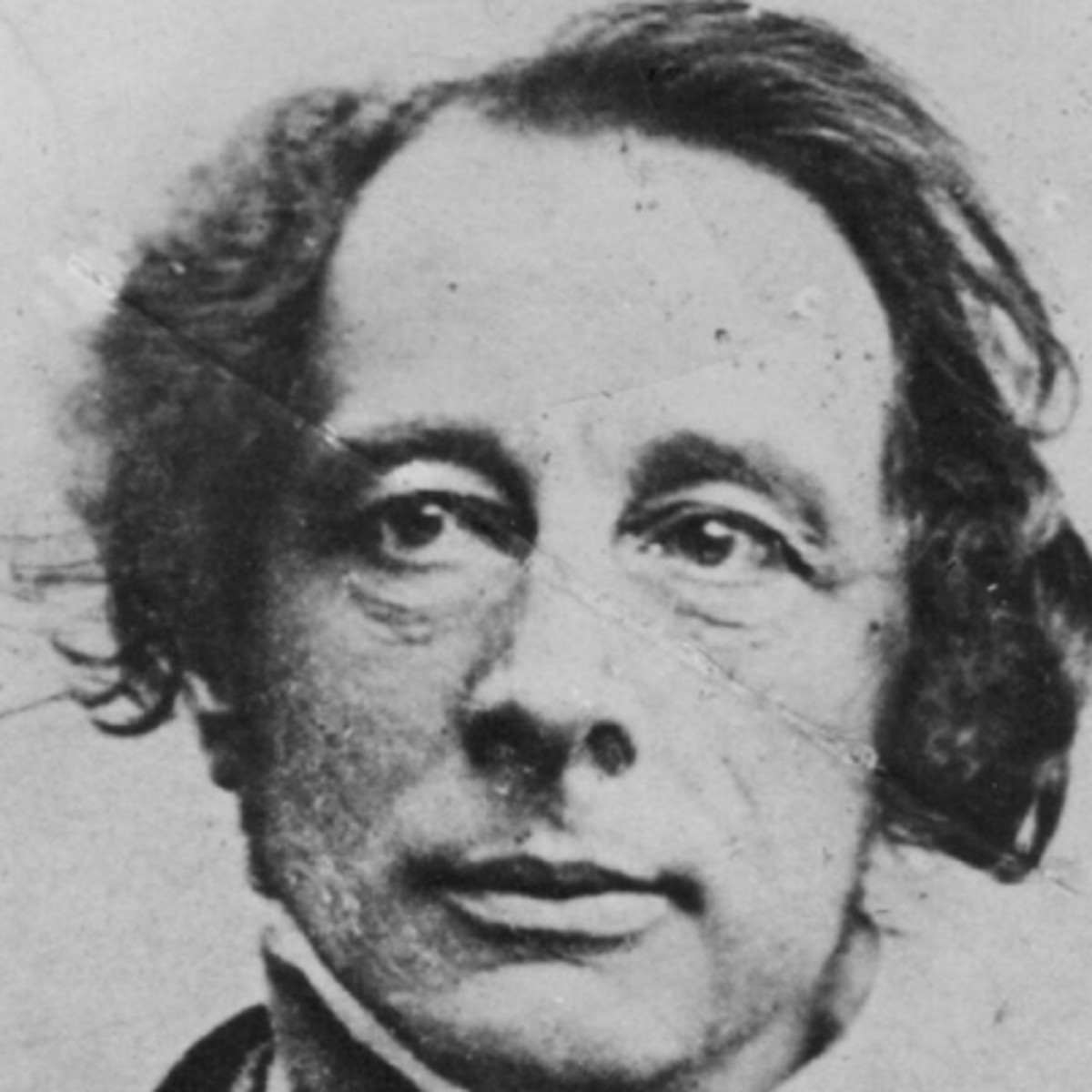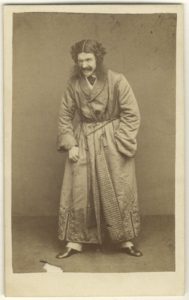A Short Biography of Dickens’s Face

Until the 1840s Charles Dickens was, like most early Victorians, clean-shaven. In 1842, he travelled for the first time to the United States where he met Edgar Allan Poe, at that time the owner of a fine but restrained moustache. Dickens was smitten and quickly grew one of his own. (Moustaches were often referred to in the plural, as in ‘a pair of moustaches’). “The moustaches are glorious,” he wrote, “glorious. I have cut them short, and trimmed them a little at the ends to improve their shape. They are charming, charming. Without them, life would be a blank.”
Moustaches were also given respectability by Prince Albert who sported a neat one throughout his adult life. The beard craze began in the mid-1850s. Until then soldiers had not been permitted to grow beards, but the rigours of the Crimean winters made it impossible to obey the rule, with the result that most soldiers in the war grew them, and it was they who, on returning home, set the fashion amongst civilians, Dickens included. (Prince Albert stood firm and stuck to his moustache.)
Beards quickly sprouted – if that’s the right word – variants such as mutton chop whiskers and the absurd dundrearies, named after Lord Dundreary, a comic character in the play ‘Our American Cousin’ by Tom Taylor. (This, incidentally, was the play the bearded but unmoustached Abraham Lincoln was watching when he was assassinated.)
Dickens died before his face could come full circle. By the 1880s the craze for beards was dying out. Think of Sherlock Holmes. He first appeared in 1887 and was, according the original Sidney Paget illustrations, definitely clean shaven.
In ‘Mr Blackwood’s Fabularium’ most of the male characters would have been either clean shaven or moustached. Had the Great Exhibition been held five years later, most of them would have been bearded.



